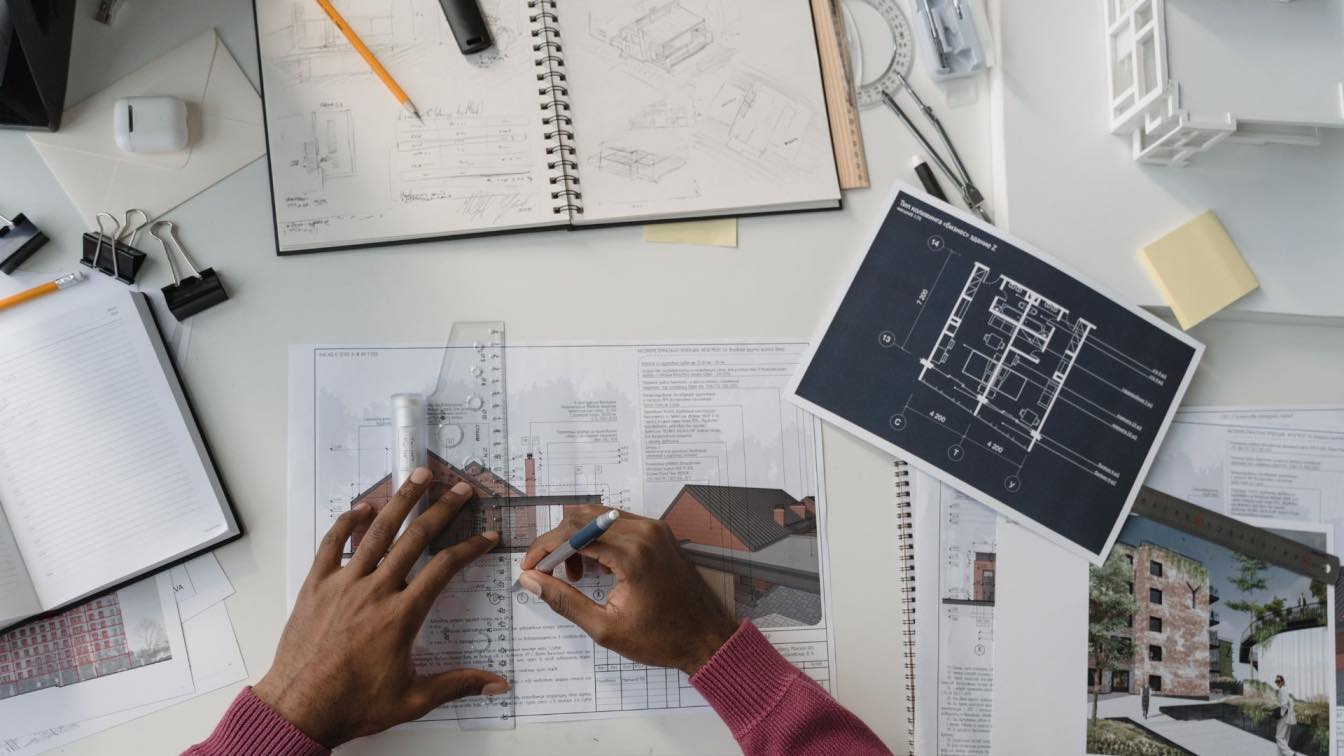Architects play a critical role in society. Their designs impact the way people live, work, and interact. They can design buildings that balance comfort, safety, and functionality. To gain the knowledge and skills they need, education is essential. Becoming an architect in the U.S. requires earning an accredited architecture degree. Aspiring architects also need experience in the field and must pass a licensing exam.
Formal education in architecture
Educational institutions offer formal education in architecture. States do vary, but most of them require architects to have a five-year Bachelor of Architecture degree. The program must be accredited by the National Architectural Accrediting Board (NAAB). The knowledge students acquire when doing a degree is extensive. There are many different elements to the design process. Each one requires learning different knowledge and applying different skills. Some of the elements students have to learn about include:
Layout
Materials
Textures
Lighting
Color
Ventilation
Acoustics
Energy efficiency
Environmental impact
Correct use of all these elements enables the design of buildings that enhance the quality of life for those who use them. Acquiring all this knowledge can put a great deal of pressure on students at university doing an architecture degree. One of their challenges is not having enough time to write a research paper. Accessing free essay samples at Eduzaurus can help to inspire them. They can learn how to structure a paper, get ideas for outlines, and more. They can also hire an expert writer to write a paper for them if they can’t find suitable examples.
Internships and Licensure
Architect education includes doing internships. Many states provide internships through the Architect Experience Program (AXP). Interns log their hours working on projects under the supervision of licensed architects. They complete about 3,700 hours of field experience in six different categories. Tasks may include assisting in design projects, preparing documents, and researching building codes. Mentoring by licensed architects can be very beneficial for aspiring architects. It can help them to put the theory they acquire in their education into practice.
Architects obtain licensure by passing the Architect Registration Examination. The exam is broken down into six different sections. These consist of multiple-choice and case-study questions. Candidates can study and take exams on their own schedule.
Skills architects need
Math skills: To design structures, architects must use geometry, algebra, and trigonometry. Math helps them to determine the structural integrity of buildings. They use math to plan their initial sketches. Math helps architects to calculate the strength of materials to make sure they can handle physical stress. Their math skills help them develop cost analyses and budgets for a project.
Design skills: Euclid, a Greek mathematician, defined the Golden Ratio. For centuries architects used this formula to design proportions in buildings that please the human eye. The aesthetics of a building are essential and can increase the value of a completed project. Architects will use advanced computer technology to draft models of structures. They will use models to explore different approaches to construction.
Communication skills: Architects must collaborate with clients about the project requirements, budget, and schedule. They have to make sure the needs of a client are understood and met. Overseeing design projects is part of the job. They must effectively communicate their vision to project managers and engineers. Communicating effectively ensures that a building fulfills functional, sustainable, and aesthetic criteria.
A growing industry
The architecture industry is constantly growing. There are many niches within architecture that architects can specialize in. Some examples are:
Residential
Industrial
Sustainability
Hospital design
Engineering specialties
Licensed architects can apply for jobs in various industries or start their own practices.
How architectural design impacts society
An educational institution training architects can have an impact on architectural innovation. Architects are often very creative problem-solvers. They need to envision how a building will look and function. This involves identifying potential issues and developing solutions. They must also consider the impact of the building on the surrounding environment.
Building design has a direct impact on how people live, work, and relate to each other. Buildings aren’t only functional spaces. They reflect the beliefs, aspirations, and values of the societies that create them. Good architecture fosters a sense of community and promotes social interaction.
Education plays a critical role in the architectural process. Without the necessary knowledge and skills, architects wouldn’t know all the factors that go into the design of buildings. Buildings may not be safe or aesthetically pleasing. They could have a detrimental environmental impact. Building them could consume too many resources. Buildings wouldn’t enhance the quality of people’s lives. Education is necessary for architects to design buildings that have positive physical, cultural, social, and economic benefits.





